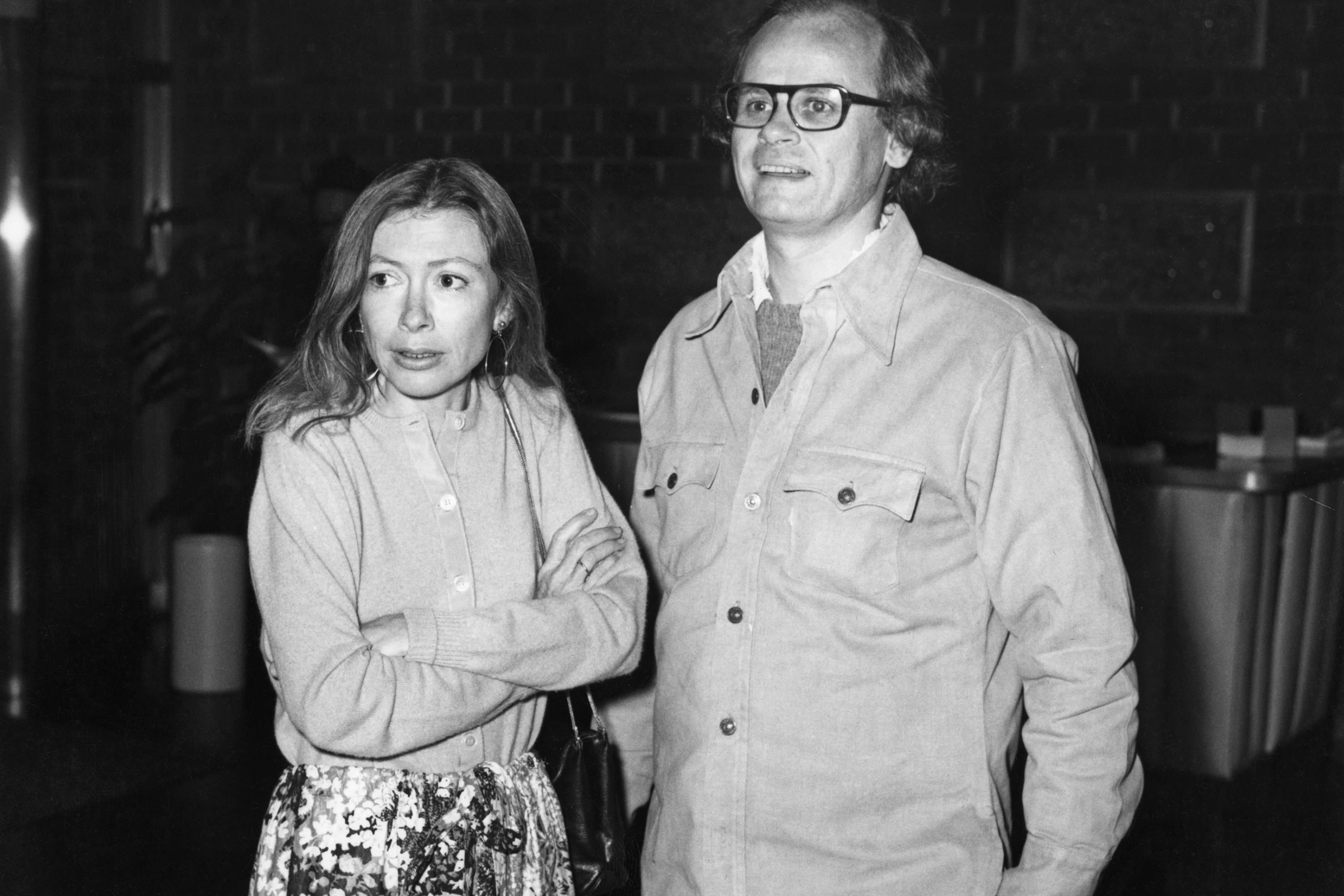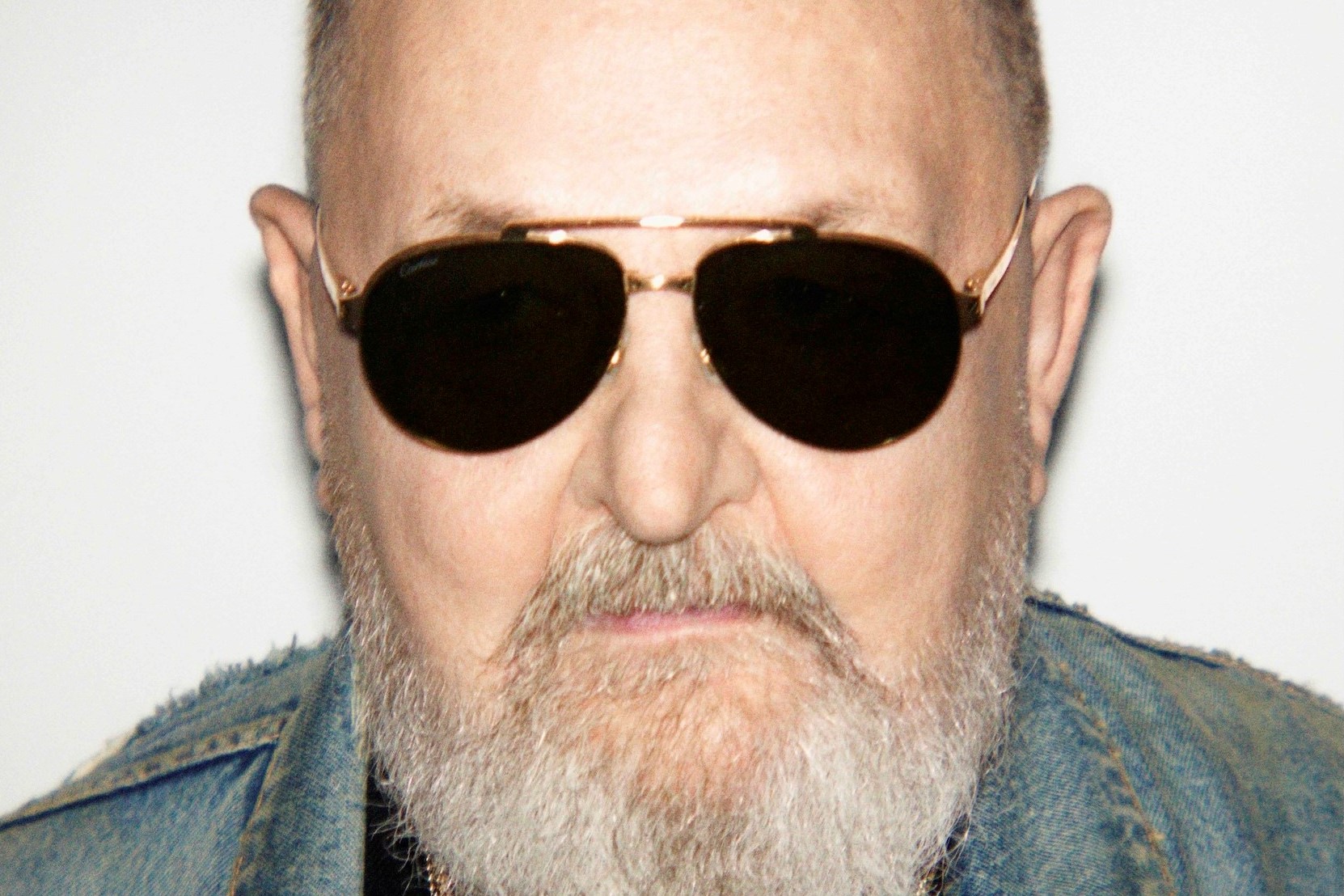On 3 July 1988, during the height of the Iran-Iraq war, the USS Vincennes – a US Navy missile ship stationed in Iranian waters – shot an Iranian passenger flight out of the air, killing all 290 people on board. In the months that followed, Ronald Reagan expressed his regrets, the Islamic Regime canonised the attack on postage stamps and in international policy, and the crew of the Vincennes received medals for their service.
The incident, long lost to the theatre of political power, animates Iranian-American poet and author Kaveh Akbar’s debut novel Martyr!, in which Cyrus, a young Iranian-American man, struggles with giving meaning to his own life and concomitant death, decades after his mother Roya died on the flight.
The liminal potential of death – as both end and beginning, tragedy and hagiography – is deeply engrained within Iranian culture, and so it is with Cyrus. Haunted by the illegibility of his mother’s death, his struggles with addiction, and an unshakable weight of generational loss, he attempts to write a book on martyrdom and the intersection between death and meaning. What follows is a hallucinatory and unexpectedly tender Hadean journey into a kind of netherworld that exists right on the surface of his own, as Cyrus traces the history of his family – his disappeared mother, and an uncle who rode as an angel of death in the battlefields of the Iran-Iraq war – to a mysterious, cancer-ridden artist living out the final days of her life in an immersive exhibition.
We sat down to talk with Akbar about narrativising death, the ongoing significance of martyrdom, and why even the heaviest themes need a certain amount of light.

Anahit Behrooz: I’m curious about what drew you to the story of Iran Air Flight 655 as the crucible to tell this story?
Kaveh Akbar: I’ve always been fascinated by the fact that, in 1988, Iran Air Flight 655 was shot out of the sky by USS Vincennes and 290 people were killed, including 66 children, and nobody knows about it in America. But when I tell people, they’re never surprised – the imprecision of American justice is just taken for granted. I’m interested in the way that narrative art can return a sense of granularity and individuality to [such] a collective loss. You see 290 people dead, and that feels like data. Whereas when you hear about Cyrus, you hear about the lovers that he takes, you hear about who Roya was, this individuates the experience of grief. [It’s] one of the ethical potentials of art in which I am most interested.
AB: You say people in America don’t know about it – is it still a looming presence in Iranian culture?
KA: More so. I mean, Iran has put it on postage stamps – they’ve minted it into this mechanism by which to stoke anti-American resentment. So both sides are effacing the [victims of the] actual murder: America just ignores them, while Iran politicises them. And in both situations, you lose the unprecedented humanity of those [killed].
“The imprecision of American justice is just taken for granted. I’m interested in the way that narrative art can return a sense of individuality to [such] a collective loss” – Kaveh Akbar
AB: Death plays a personified, or at least a concretised, role in this book, from the uncle riding in battle as the angel of death, to the artist’s death performance. Were these based on real figures or practices?
KA: [The artist] Orkideh’s performance is very much based on Marina Abramovich, the book even makes fun of her for it. The Persian death avatar is, according to my dad, a very real thing. My dad served in the Iranian army, and I’m not a journalist so I didn’t exhaustively vet his story, but the way that such a character would literalise so much of what is in the subcutaneous culture in Iran since 1979, and honestly since antiquity… it’s just one of the most striking images I’ve ever heard.
AB: What do you mean by this subcutaneous culture? Why is martyrdom such a structuring framework in Iranian history?
KA: There are a lot of converging cultural and religious and political reasons that the book orbits. In Shia Islam, the martyrdom of Imam Hossein is a massively important event and even if you’re a fairly secular Muslim, on the day of his martyrdom you would wear black. And then at the other end of the spectrum, there are people who self-flagellate and walk through the streets. Imam Hossein, Imam Ali… there are all of these characters who found meaning in this way historically.
Iran isn’t unique in this, the government has just found a way to politicise [it], and make its political enemies into religious enemies. America did that in the Iraq War too. ‘They hated our freedom, they hated our liberty and our Christianity’ – this nonsense abstraction that was used to systematically murder hundreds of thousands of people and destabilize a region. It’s inextricable, the political valences, with the religious [and] cultural valences of the word martyr. And so when Cyrus comes to it, he feels it honestly and then is confronted by this long history.
AB: It’s really interesting what you’re saying, because the West absolutely does create martyrs – they did it here in the UK with NHS workers during the pandemic – but they just don’t use the same syntax.
KA: Absolutely, the US did that around first responders too. It was an organic crisis exacerbated by the myriad ways in which greed, opportunism, capitalism and empire corroded our ability to respond effectively. And so they treated these people like heroes, so that their eventual deaths would be noble as opposed to indicative of systemic failure.
“When you read that 11,500 children have been murdered in Gaza, that is a pulverizingly large number. But if it was 11,501 or 11,499, I can’t qualitatively or emotionally comprehend that difference in value... Narrative can return that granularity” – Kaveh Akbar
AB: It felt really timely reading this novel right now: the genocide in Palestine has brought the discourse of martyrdom to the forefront. For Cyrus, martyrdom essentially seems to be the meeting point of death and meaning. Do you think martyrdom always has meaning?
KA: This goes back to that idea of the abstraction of data, right? When you read that 11,500 children have been murdered in Gaza, that is a pulverisingly large number. But if it was 11,501 or 11,499, I can’t qualitatively or emotionally comprehend that difference in value. Whereas narrative can return that granularity. I have nieces who I love more than anything else on Earth. And when I imagine how much I love my nieces for their individual humanities and then imagine how each one of those 11,500 children was loved the way that I love my nieces, that returns to data the granularity of specific narrative. It’s why I think art has always been a channel of action against repression and barbarism.
AB: There are some deeply personal themes threaded through Martyr! – from addiction to the dislocation of diaspora identity – but at the same time, the book employs these surrealist and often very funny motifs. I’m curious about this blending of tone.
KA: The Roman poet Horace famously said that good art is dulce et utile – sweet and useful – with a lot of translations saying that art should delight and instruct. And I think about that contract a lot.
The opportunity cost of spending 12 hours with my novel is unprecedented in the history of our species. Like, instead of reading my novel, you could learn to salsa. You could watch any movie ever. You could write six long letters to people that you love. The reader is giving me the gift of their time and therefore deserves light, which doesn’t mean wacky punchlines and rainbows, but an encounter with language that surprises them. Things they wouldn’t be expecting to see in a piece of literary fiction, like long dialogues with Lisa Simpson, or Rumi smoking a blunt outside of a hardcore show. The contract, as Horace has situated it, says that in exchange for your most finite resource, I will give you a measure of delight and instruction. I take that intensely seriously.
Kaveh Akbar’s Martyr! is out now



